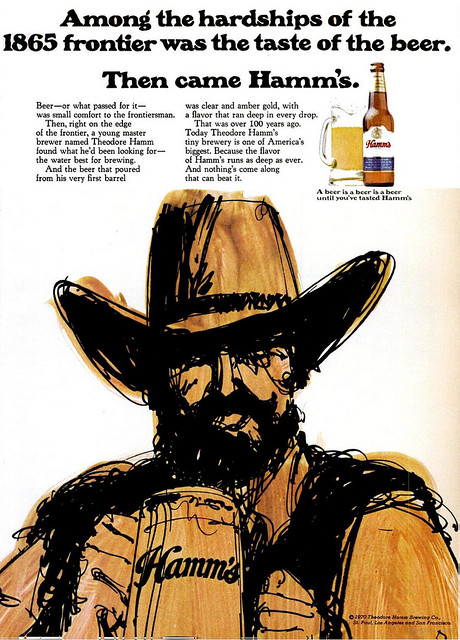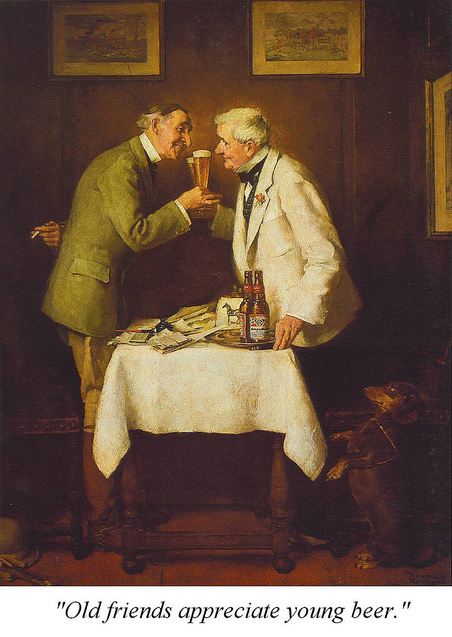![]()
Nielsen, the company that tracks all things trackable, is speculating on their NelsonWire that beer is bouncing back and that this may signal the “beginning of a beer boom.” According to their data, “Beer sales are seeing a surge in growth, up 5 million cases (1.4 percent) in the last 12 weeks through September 1, 2012, in Nielsen-measured retail outlets. The same period last year saw a decline of 1.7 million cases.”

The main reason they cite for this is choice.
With more options on shelves and innovative product offerings, new consumers were attracted to the beer category. Nearly half of the households who were new to malt, or cider-based beverages (beer, flavored malt beverages and cider) in the past six months had bridged over from solely buying wine or spirits last year.
But as they’re focused to a greater extent on the bigger players in the category, they mean choice in a different way than you and I normally understand it. When Nielsen refers to choice, they mean “flavors, formats and packaging,” though in my experience it’s always “packaging options” that seem to get the most attention. But even with the term as common as flavor, it’s used here as more jargon instead of what you’d ordinarily think it means. By “new flavors,” they don’t mean more different styles or kinds of beer on the average beer set shelf. No, they mean line extensions like the two they give as examples: “Bacon Maple and Blue Raspberry Lemonade,” as a part of other already-established brands.
So while this is good news, and we should all welcome a coming “beer boom,” I can’t help but wonder if this “boom” of which they speak — which quite frankly the craft beer side has been seeing for a decade — is not going to favor them as much as the regional breweries and even the smaller craft breweries. That’s what it’s been doing for several years now, and I can’t see any reason to suspect that will change in the coming months or years, no matter how “bright the last quarter of 2012 may be for beer.” Still, a coming “beer boom” sure has a nice ring to it.































